
Ernst Happel’s 433 and The Invention of Total Football
From time to time my readers will ask me one particular question. Or a variation of it. Basically it goes like this. What is the absolute essence of Total Football? If I want my team to play Total Football, where do I start? How do I build it into a Total Football powerhouse? What foundation stones, in tactics, training and personnel, do I implement? The following article will hopefully answer some of these questions. To do so we might as well go to the very beginning of Total Football. And no that does not mean the work of Rinus Michels. Not to speak ill of the man, but Rinus was not the first to implement defining elements of Total Football. Not even the first one do so in Holland. That honour goes to his contemporary manager and domestic rival, Ernst Happel. The real father of Dutch Totaalvoetbal.
Ajax 4-3-3 Revolution? Or The Greatest Copycats of All Time?
Rinus Michels and his pupil Johan Cruyff were very prolific in writing about and promoting Totaalvoetbal as a playing philosophy. Their unique take on it is what put Ajax on the map of world football. Because of this we tend to associate the Dutch school of Total Football with Ajax. But in fact it was the manager of rival Feyenoord who first implemented ideas we now associate with Dutch Totaalvoetbal. In fact his tactics were so successful that they fostered imitation by Ajax’s manager Rinus Michels. Feyenoord’s manager was a rather unassuming and often mysterious Austrian by the name of Ernst Happel. His team, Feyenoord, was the only one that Ajax were not able to consistently beat at the time. And Happel’s Feyenoord played a proto-Totaalvoetbal 4-3-3 when most Dutch teams (including Ajax) still used some variation of 4-2-4.
The revolutionary shift came in the spring of 1970. In April of 1970, the powerhouse Ajax drew 3-3 against Happel’s Feyenoord. At the time, Michels still used the old 4-2-4 with two central defenders and two flanking aggressive fullbacks. The rest of his formation included two holding midfielders and four attackers (2 wingers and 2 strikers). The traditional offensive football style in Holland prior to early 1970s. Greatly influenced by Brazilian football school in both its attacking flair and lack of discipline in defence.

Following that difficult game against Feyenoord, Michels decided that something needed to change. So he switched Ajax to the new style 4-3-3. The rest as they say was history. Both Rinus Michels and his club Ajax became the staunchest proponents of the 4-3-3. It became viewed as one of the most balanced attacking formations and an archetypal Total Football shape. Even today, it’s a formation that’s synonymous with Ajax club culture and one that their youth teams teach religiously to all their graduates.
At the time, Michels saw that the old Brazilian-inspired style was simply too vulnerable against strong teams. Feyenoord, playing in its innovative 4-3-3, went on to win the European Cup (modern Champions League) in 1970. It was the very first Dutch club to do so. Interestingly, one year later Ajax used its own Happel-inspired 4-3-3 to win the European Cup as well.
Weird Austrian Who Conquered Europe
A day without football is a day lost.
Ernst Happel
Always a bit of a loner, Happel preferred the company of his cigarettes and expensive cognac to social gatherings and parties. Not surprisingly, Ernst Happel was not a man of many words. Neither was he one to write tactical treatises and books like some of his contemporaries. That is probably one reason that he is less known than someone like Rinus Michels or Johan Cruyff. He was a typical “tracksuit manager”, a hands-on practical guy whom you rarely saw on a sideline wearing a suit. Reminds you of someone we all know?
Like Marcelo Bielsa of his era (except for the chain-smoking habit) Happel constantly looked like he was ready to charge onto the pitch himself and show the players how to do it. He was definitely not a theory guy. Instead Happel created simple solutions based on the players at his disposal. Happel’s football was an organic process.
Michels was great in developing a tactical plan at the start of a game and he’d try to hold on to it. Happel was different. Happel was capable of seeing where things didn’t work in a match and he’d tweak it while we were playing. I think Happel read the games way better than Michels.
Theo Van Duivenbode – a fullback who played for both Ajax and Feyenoord (part of Feyenoord’s squad that won the European Cup in 1970).
A side-effect of Happel’s reticence to expound on his tactical thinking, is that there isn’t much information out there about the intricacies of his tactics. He himself hated talking about theory. So what we are mostly left with is old footage of games. And stories told by the players lucky enough to be coached by him. Ernst Happel did not simply coach but often led by example. Naturally he was not one for speeches and did not speak Dutch very well. Even in his native German, his pep talks were famously laconic. His most famous quote to Feyenoord players was “Kein keloel, fussball spielen!”. Which means “Stop talking, just play football!”.
Yet with very few words he would manage to show his players exactly what he wanted them to do. He won their respect when at the very first training, he put some bottles on the cross bar, and proceeded to hit them with the balls. Not a single miss. This showed the Feyenoord squad that their manager knew what he was talking about when talked about football. In his youth he was a great footballer at Racing Club Paris and Rapid Wien (one of the greatest clubs of its time). Ernst was just a no-nonsense kind of guy who lived and breathed football. As he once said, a day without football was a day lost.
Happel’s System – Total Football on a budget
Sadly Ernest Happel seems to only garner a side note in the history of the game. Even in Jonathan Wilson’s seminal “Inverting the Pyramid” there are only two pages devoted to the Austrian manager. While Rinus Michels and Cruyff have a total of 51. Yes, I actually counted. It is rather sad but often the way of the world. We remember those who spoke the loudest. History associates Rinus Michels, Johan Cruyff, and Ajax with Total Football. Their names have become intertwined in the history of not only Dutch but world football.
Yet Happel’s system lives on. The tough and fluid 4-3-3 that he created saw its natural continuation in some of the greatest modern teams. Not only Cruyff’s Ajax but more recently Pep Guardiola’s Barcelona and Man City and Jurgen Klopp’s Liverpool.
The basic elements that made up Happel’s 4-3-3 might seem rather simple by modern tactical standards. No fancy inverted wingbacks or shadow strikers. Yet what was important to Happel’s Total Football were the concepts that have become intertwined with what we idealize in modern football. Fluid, Possession, short passing, and highly technical attractive game. Yet tough and disciplined high-line hard-pressing at the same time. It is how some of the best teams in the world play now. And yet Happel managed to get his somewhat modest Feyenoord squad to play this way. So what elements did he use to create Total Football on a budget?
Total Football Basics: Setting Up a Fluid 4-3-3
1) The Shape, Mentality and The Roles
Feyenoord’s 4-3-3 was natural shape for the kind of football that Happel was after. Feyenoord played like a collective, preferring patient build-up play with its short passes from the back rather than the long balls towards the forwards. This was most evident in that historic European Cup win over Celtic.
In its pure essence, Happel’s system encouraged fluid, entertaining football and required a formation that could easily allow the best coverage of the pitch by the players. Such as what 4-3-3 allows naturally. But more than just the formation, in a way of Total Football, it required intelligent, physically fit, well-rounded and highly-skilled players to fill the roles.
Image above is what Happel’s famous 4-3-3 formation and line-up looked like for that historic European Cup game against Celtic. This was largely how Happel set up his First Team for most of his time with Feyenoord. But it was not how they always played. When he joined Feyenoord in 1969, they still used the 4-2-4 shape. That meant that Kindvall and Van Hanegem were two strikers in front of a two-men holding midfielder. And most of the attacking movement came from flanks. The attacks it created were more direct and relied on long-balls to the forwards (much like what Celtic employed) but lacked the fluidity and creativity of the build-up that the extra man in the midfield added.
When the Austrian introduced the 4-3-3 shape into Dutch football he changed how an ideal midfield functioned. No longer could it be a two-men affair. Three men were needed to exert “Total” control over the pitch. To create this shape, Happel dropped Van Hanegem (more of an advanced playmaker than striker) into midfield and added Franz Hasil (talented playmaker) to the midfield where Wim Jansen remained as the defensive rock in his holding DM role. The new three-man midfield could now get more involved in the attacking build-up with Wim Jansen covering defence in his dedicated holding DM role. Happel instructed his two more advanced central midfielders to look for half-spaces between the opposition lines of defence and midfield. In this way they were tactical fore-runners of Pep Guardiola’s famous “Free 8s”.
Ernst Happel went even further in his quest for fluid, expansive and entertaining football. As a precursor to Total Football’s interchanging of positions, he encourage Hasil (his chosen attacking central midfielder) and his striker Kindvall to constantly exchange places. Playing one-twos and taking advantage of their superior off the ball skill and mobility, they were practically impossible for Celtic defenders to mark. A rather unconventional duo for the time, Hasil was more of a complete attacking midfielder playing in a deeper CM position while Ove Kindvall was a rare short and creative forward. Unlike most strong and tall strikers of the era, the diminutive Swede became a veritable goal machine at Rotterdam. In his 144 Eredivisie appearances he managed to net a total of 129 goals.
The two wide attackers, Wery and Moulijn’s, with their tricky dribbling and constant cutting inside, caused even more problems for Celtic’s befuddled defenders. As would later become apparent in Ajax’ own 1972 European Cup victory over Inter’s Catenaccio, the traditional man-marking strategies were no match to attackers playing in the Total Football way.
Both wingers also got involved in Feyenoord’s pressing game. With their boundless energy and hard work the wingers led Feyenoord’s first line of defence and had both flanks covered. When they cut inside in the final third, the wingbacks would take over the primary wide duties. This was another aspect of Happel’s team that was ahead of its time. The two aggressive attacking wingbacks that overlapped and took active role in the build-up alongside the forwards and midfielders. Something that Ajax would perfect and make into a regular element of all modern football tactics. These days, it would be hard to find a club without at least one inside forward and marauding wingback. Not so much in the late 1960s to early 1970s.
Now, how do we translate this into the game? For my Happel-inspired system I prefer to start with a Balanced Mentality. It provides the best platform for controlling the pitch, in both attack and defence. It goes a long way to recreating that patient build-up from the back that defined Total Football. As the balanced mentality’s name suggests, it can be used to “balance” some of my very attacking roles in high risk positions (wingbacks). Thus on Balanced Mentality, while my wingbacks have an attacking duty, their individual mentality will remain “positive”. Among the front three, the striker and the inside forward both have “attacking” mentality and are thus encouraged to take more risks. They will be the two players scoring our goals. In this they are supported by the IW (positive mentality) and the BBM (balanced) who stay deeper when in transition and support the other two attackers.

Finally, my two playmakers have two very different mentalities. This is to make sure that they operate on separate strata and don’t run into each other’s space. DLP(D) is my recycler from deep and helps guard the back when the wingbacks overlap. While AP(A) is my “needle” player that along with the wingbacks helps link midfield to attack. It’s a delicate struggle to balance risk and reward in a typical 4-3-3. But in the end it’s about making sure that all the roles work well together and effectively occupy different areas of the pitch.
While our two playmakers are both the beating metronome/heart and brain of the system, the BBM is its lungs. The little dynamo machine that supports the team at both ends of the field. Your best Total Footballer candidate should go here. The player who is most well-rounded technically, mentally and physically. Rinus Michels had Johann Neeskens for this important role. While Ernst Happel relied on Van Hanegem who turned out one his greatest Total Football coverts. Van Hanegem had a very close, almost fatherly, relationship with his coach. And Happel helped him to develop into one of the greatest Dutch midfielders of all time. Van Hanegem would eventually go on to earn 52 Dutch caps, including at the 1974 World Cup final. He earned the nickname De Kromme (“The Curve”) for his running style and ability to curl the ball with the outside of his boot.
Van Hanegem was a very hard-working team-player with exceptional passing ability and a penchant for timely hard tackles. Remarkably he had great vision for the pass despite allegedly only having 70 percent of his eyesight!
Certainly, at Feyenoord, Happel did not have the exceptionally talented individual players like Johan Neeskens and Johan Cruyff. But he possessed a great understanding of what each one of his players was capable of and was able to instinctively see how each player could best fit into his system as a whole. Essentially, Happel was able to produce a team that put cooperative teamwork and hard work before individual flair. His Feyenoord team had guts!
It is my goal that I can similarly get my team to work well as a collective unit and combine their various movements to confuse the opposition and create better chances. While the wingbacks overlap, they leave my DLP and two CBs who provided a solid three-men defence. Both wide attackers cut inside and combine with the BBM and AP in the half-spaces. This leaves my central striker with plenty of central space to either push forward to pin back opposition defenders or drop deep to liberate even more space in the half-spaces for his teammates to exploit.
2) The Offside Trap
The Offside Trap, is believed to have been poplarized in 1974 when Dutch used it at the World Cup. Yet Happel saw the benefits of aggressive high defensive line when during his playing days for Rapid Wien in 1949. In response to a humiliating 5-0 defeat against Brazilian Vasco da Gama, young Ernst decided to completely change his game. In the words of his then coach, Hans Pesser: “We were humiliated. We had never had this before. We [Pesser and Happel] spent hours jotting on pieces of paper and analyzing what they did. Their coach Flavio Costa was an innovator, who laid the foundation for Brazil’s flowing tactical style of play. That morning we decided to abandon the Austrian school. We needed something new”.

One new thing that Pesser introduced to Rapid Wien strategy was 22 y.o Ernst Happel as central defender that would relentlessly push forward and become the playmaker from the back. That one game became a sign for Happel that the game had moved on. No longer could a team defend passively and hope for a good result. The basis of Total Football, the Offside Trap, was laid down.
In the game, setting up the Offside Trap is quite simple. It only requires two instructions. The defensive line can be either “high” or “highest” depending with what you are comfortable with based on the quality of your team. And on how hard you are willing to push your team when pressing. It’s a question of risk and reward.
What is not as simple is actually setting up an effective Offside Trap. For this you need the right type of defender. Mainly defenders that are relatively mobile (Pace and Acceleration) for their level of competition. For a team competing in the highest level (in top 5 world leagues) or in the Champions League, a player like this would be more than appropriate:
So basically you will need a player with above average mental attributes in order to be able to read the game well. And since he will be playing higher up, pace and acceleration helps. But what is much more important is having an intelligent defender. One with good Decisions, Teamwork, Positioning, Concentration and Anticipation. The quality of your Offside Trap will be highly dependent on these attributes. Probably more so then if they are fast or strong. The speed attributes are mainly needed for the times when the Offside Trap fails and the defender has to scramble and get back into position to fix the situation. Any weak link here will be the downfall of the whole system. So as a first priority make sure to invest in some intelligent defenders. Why is that you might ask?
Because your Trap will fail due to a lapse in player’s concentration. Or when the defender does not read the play well (Anticipation and Decisions failure). Also with the Offside Trap the most important thing is having both defenders on the same page in their mentality (same duty) and having relatively similar mental attributes. In fact, the mental attributes are by far more important than the physical or technical attributes. As you see above, my chosen defender is not the strongest or best at jumping. But as a retrained fullback he possesses above average mental attributes. You will need similar defenders with enough intelligence to know when to step up to join his teammates in attack and when to drop back into their defensive positions.
3) The Pressing
If you mark man-to-man, you’re sending out eleven donkeys.
Ernst Happel
Obviously, Ernst Happel was not a fan of rigid defending strategies such as man-marking. But his love with the collective pressing style was not an instant affair. Rather it was also resulted from being exposed to football style from different footballing culture than his native Austrian school.
It happened when Happel’s Rapid Wien traveled to play in the post-WW2 USSR. There he saw first hand Maslov’s school of “collectivist” football. In Austria and UK, teams relied on the individual brilliance of their players when it came to dribbling and defending. In Austria and UK, teams relied on the individual brilliance of their players when it came to dribbling and defending. On the other hand Soviet teams, namely Dynamo Kyiv, perfected a system of playing pressing football as a collective unit. Viktor Maslov, was the pioneer of this proto-Total Football style. And so was his greatest pupil, Valeriy Lobanovskyi.

Viktor Maslov, and later Lobanovskyi, saw the future of football in utilization of space and half-space. The main idea being that one had to take time and space away from the opponent. Play as a compressed and close-nit unit when defending and as expansive and wide as possible when attacking. Control the pitch and you will the game.
I can’t remember any time where Ajax put us under pressure. It was Happel who was innovative in Holland with this concept, using fast, hardworking players on the wings. They were the first defenders. We had Henk Wery at Feyenoord and he used Rene van de Kerkhof in the 1978 Dutch team. He created the ideal circumstances this way, for a team that could grasp the opponent and never let them go.
Willem van Hanegem
Once again, how do we go about setting up Happel’s style of high aggressive pressing in FM22? Part of it comes via having a few appropriate team instructions. Start by selecting “counter-press”, setting trigger press to “much more often” and “higher line of engagement” and you basically have your recipe for Total Football-level intense pressing.
But as we saw with the Offside Trap before, the far more important part is having the right players for the job. Like Happel, don’t look for the most talented player but ones who can work as part of a tightly-nit team. Total Footballers – technically well-rounded, hard-working and intelligent footballers who are nevertheless physically fit and strong.
On that note I’ll finish. If you enjoyed this write-up, then please follow us @ Dictate The Game’s Facebook and Dictate The Game’s Twitter.
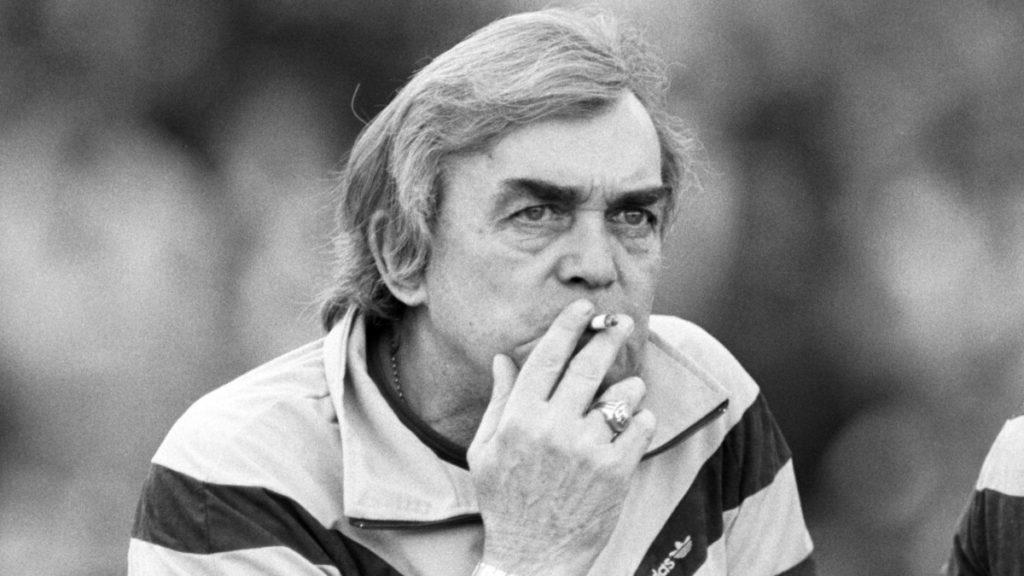
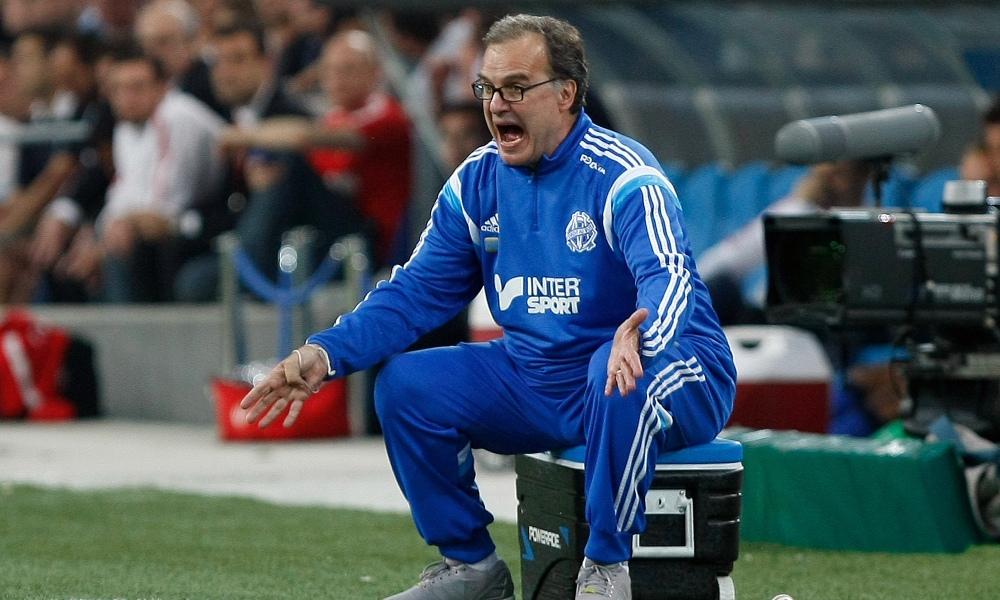
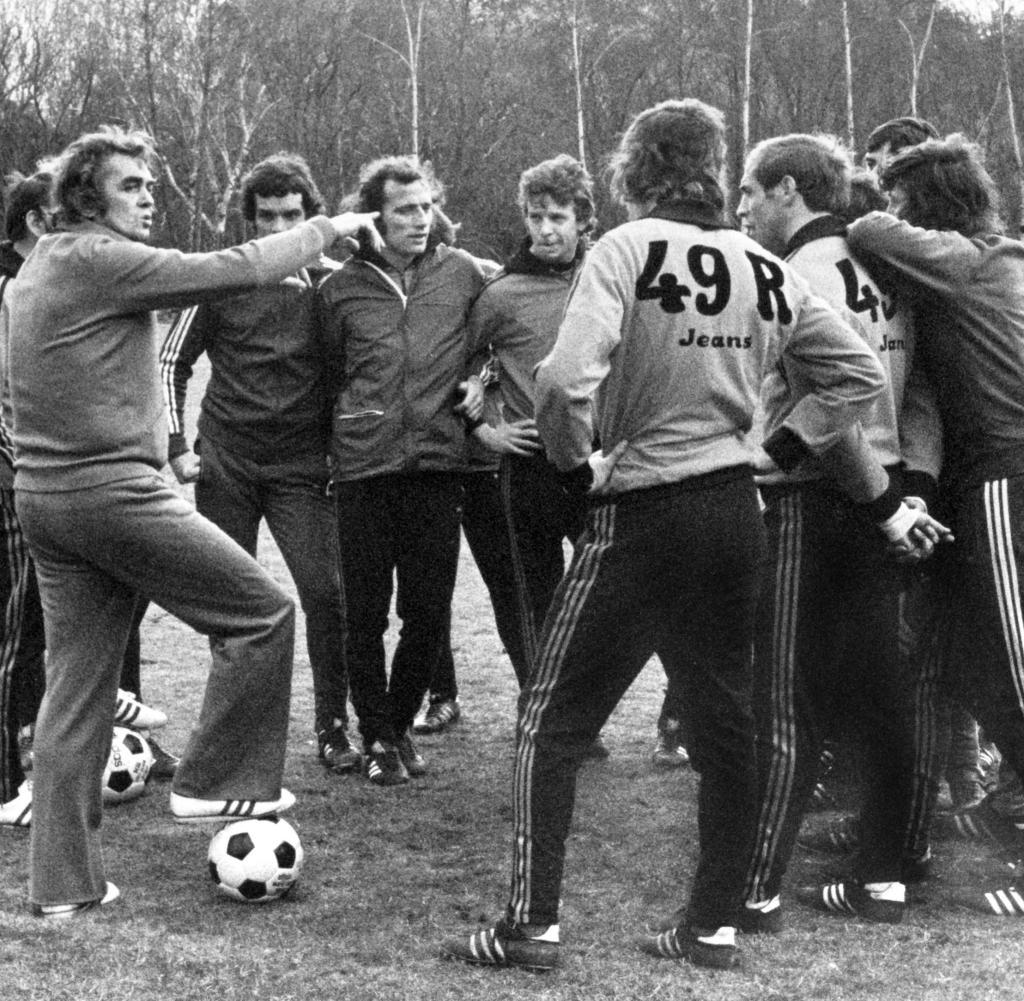


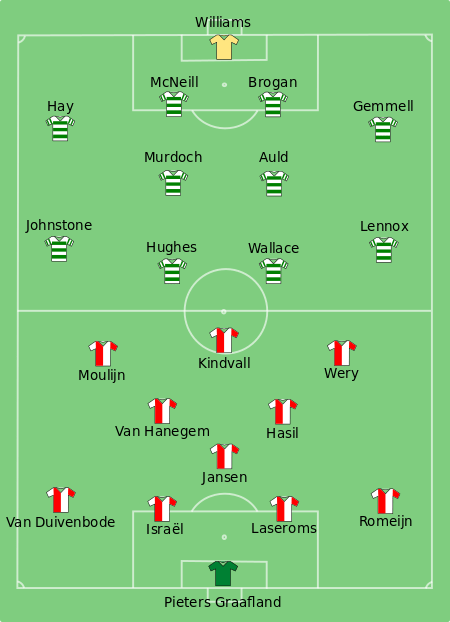
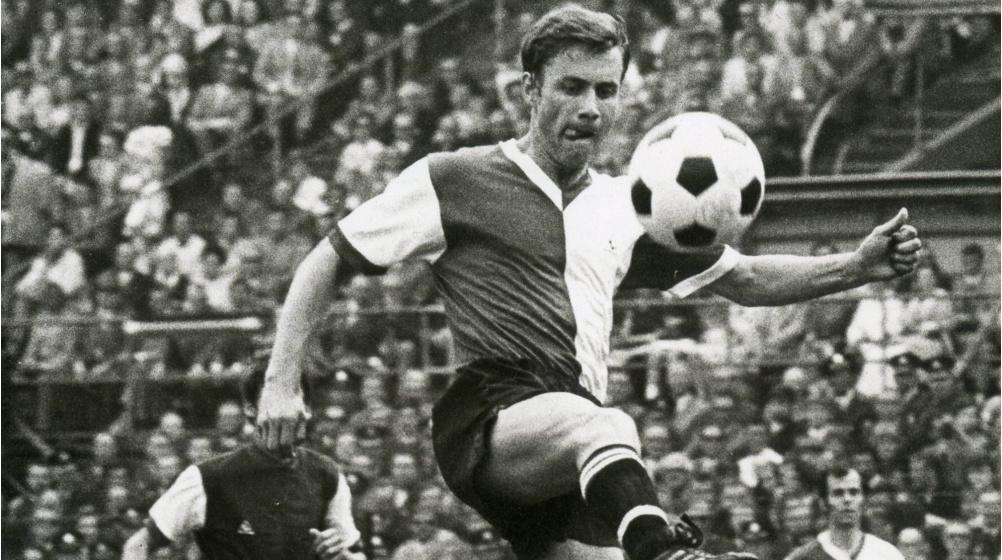
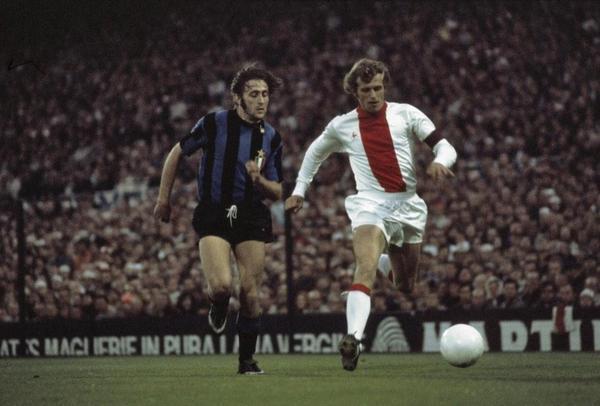
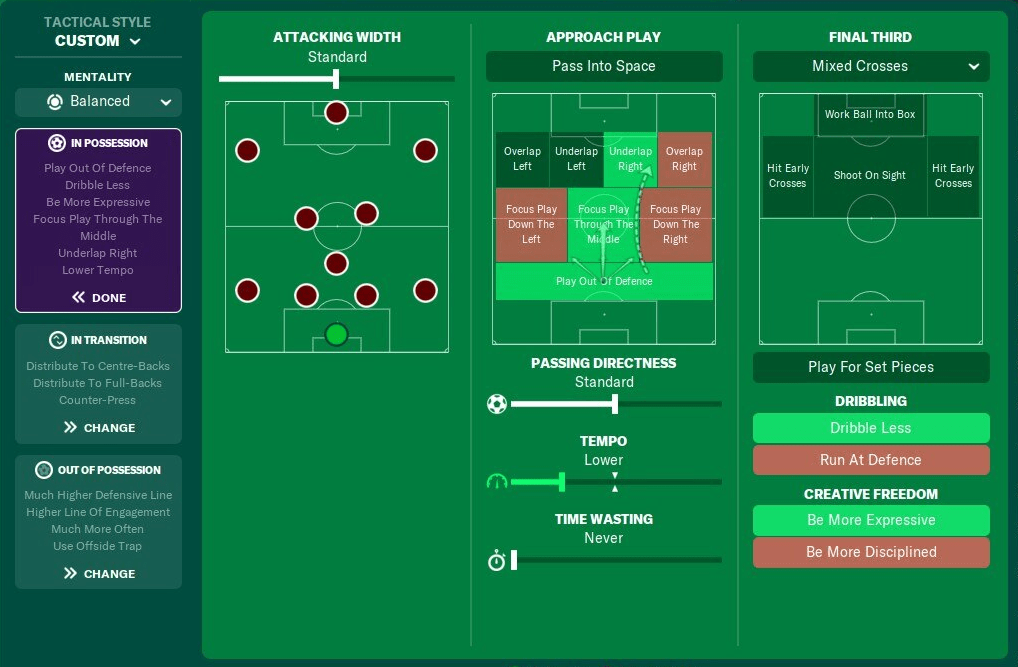
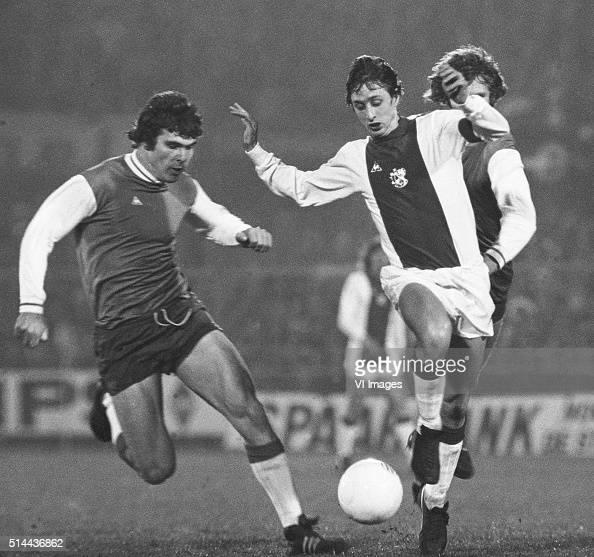
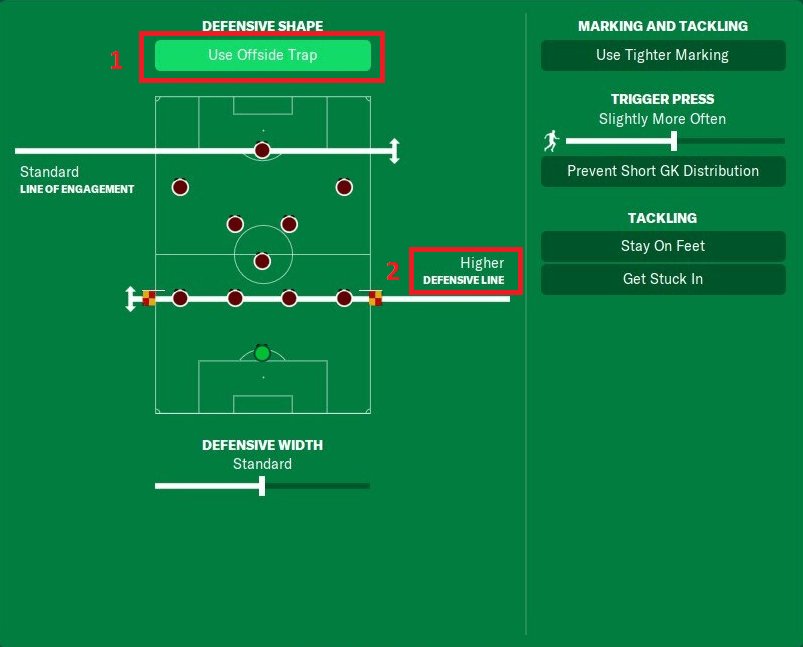

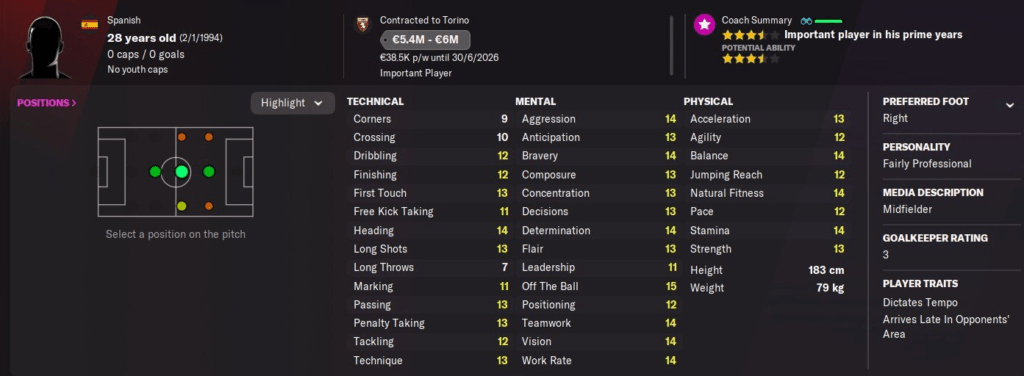
7 thoughts on “Ernst Happel’s 433 and The Invention of Total Football”
Hi buddy, where is the link to download the tactic and also did you use any opposition instructions when testing the tactic out?
Hi, actually I did not put up a link for the download. The tactic is still very much a work in progress. But if you wish I will drop a download link for you in these comments. I’m at work now so it will have to be much later tonight. And also there are no OIs. I never use any in any of my tactics.
Yes please if you could and thanks
Total 4-3-3 Tactic Download: https://ufile.io/0f9e87ty
From my most recent save so there might be some slight adjustments from the how it looked in the article. Enjoy!
Nice article, you are quite a historian for Dutch football.
Even though I’m a life long Ajax fan, I agree that the 70’s Feyenoord team and coach does not get as much credit as they deserve. Great observation how Happel’s coaching style was different from Michels. Happel was a far more gifted player than Michels ever was. Michels was a modest striker at Ajax. Michel’s profession was teacher, so it is natural that he would try to prepare much more than Happel would. The different style of coaching was also between Van Hanegem and Cruyff. Johan was a teacher and Willem more of a father figure who only left the dugout at half time and full time. Van Hanegem was of the opinion that you should not have to teach a lot to professional players, they should know how to play by now. Happel’s successor, the famous skill teacher Wiel Coerver, bored van Hanegem to death with his style of training because Willem was of the opinion that players should already know all these skills.
The main reason why the Ajax team was much more recognized historically is probably the way they approached media. Cruyff was much more open to and therefore more interesting for the media, so a lot more footage was made about him. Also this is the period when football professionalized in the Netherlands. In 1970 most Feyenoord players were at their peak, while most Ajax players were in their early 20’s. So their team could have a longer period of dominance. Feyenoord won the UEFA cup in 1974, but it still strikes me that a club of Feyenoord’s stature and with such a big fan base only won 5 Eredivisie league titles since 1974. Perhaps that’s why this team is a bit forgotten internationally.
Thanks for this article. Great work, keep it coming.
Wow thank you for this beautiful, detailed comment Ray! Very informative and learned a few things I actually didn’t know. Thanks for reading my article and hopefully you will also enjoy my eventual next one 😉